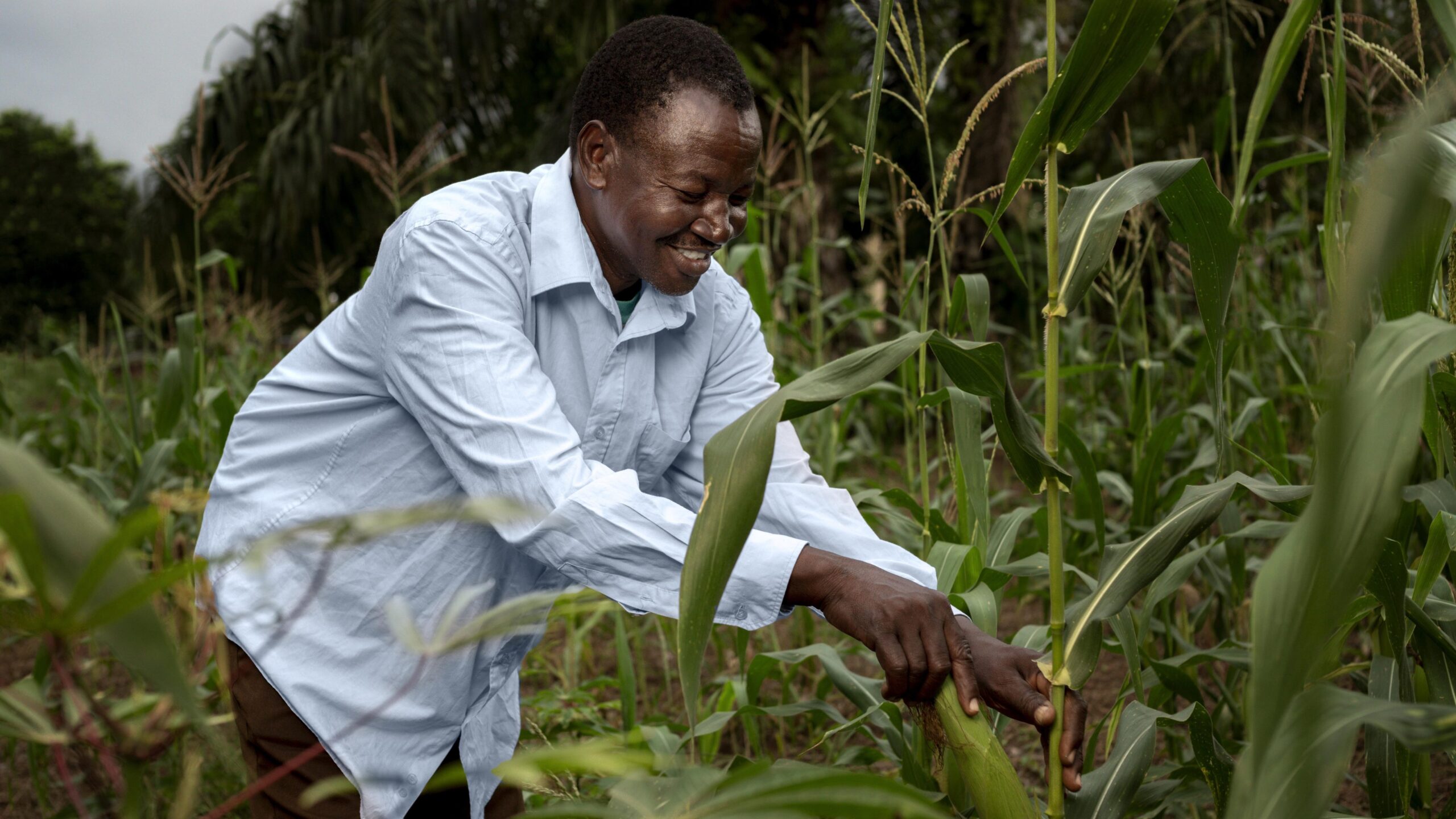As we look toward the future, it’s clear that technology will play a pivotal role in addressing the many challenges faced by the agricultural industry. From feeding a growing global population to combating climate change, innovative tech solutions are essential to ensuring sustainable and efficient farming practices. At AgriTech Solutions, we’re at the forefront of this technological revolution, developing tools that are transforming the way we grow, manage, and harvest crops.
Precision Agriculture: Optimizing Every Inch of Farmland
Precision agriculture is one of the most exciting advancements in modern farming. By using GPS technology, soil sensors, and data analytics, farmers can optimize their use of resources and maximize crop yields. These technologies allow for site-specific crop management, meaning farmers can apply water, fertilizers, and pesticides precisely where and when they’re needed.
Example in Action: Our SoilMaster Sensors provide real-time data on soil moisture, temperature, and nutrient levels. This information helps farmers make informed decisions about irrigation and fertilization, leading to healthier crops and higher yields.
Automated Irrigation: Saving Water and Boosting Yields
Water is one of the most precious resources in agriculture, and efficient water management is critical to sustainable farming. Automated irrigation systems are a game-changer, allowing farmers to apply the right amount of water at the right time. These systems use weather forecasts, soil moisture data, and plant water needs to create precise watering schedules.
Success Story: A large-scale farm using our automated irrigation system reduced its water usage by 35% during a severe drought, while still maintaining high crop yields. This not only conserved a vital resource but also saved the farm significant costs associated with water use.




Leave a Reply